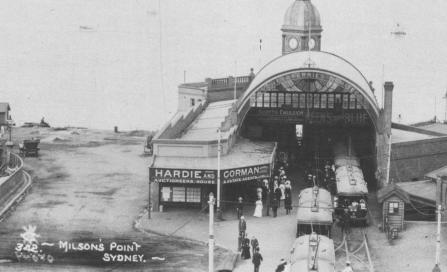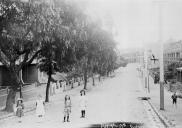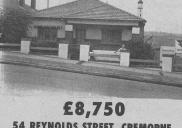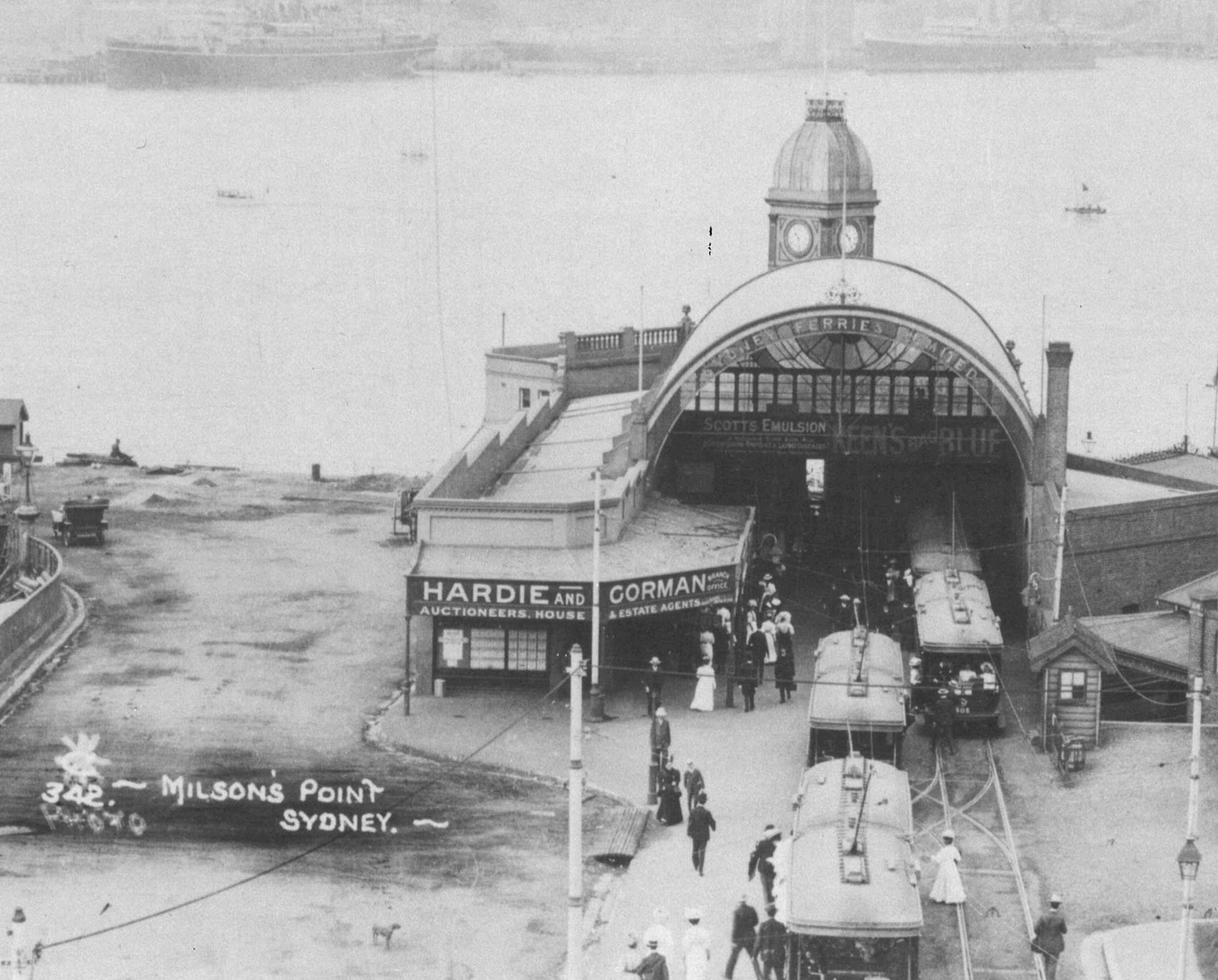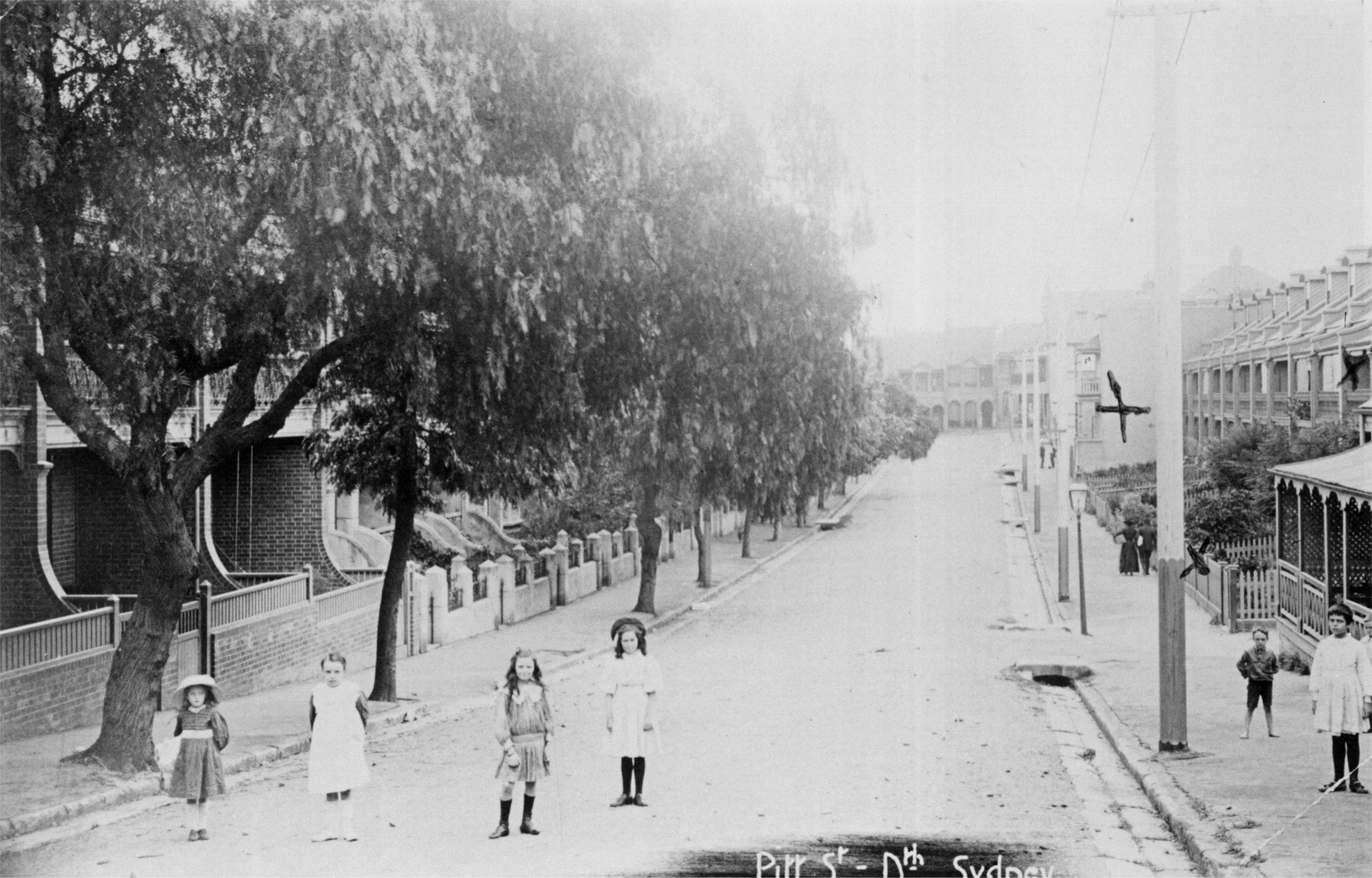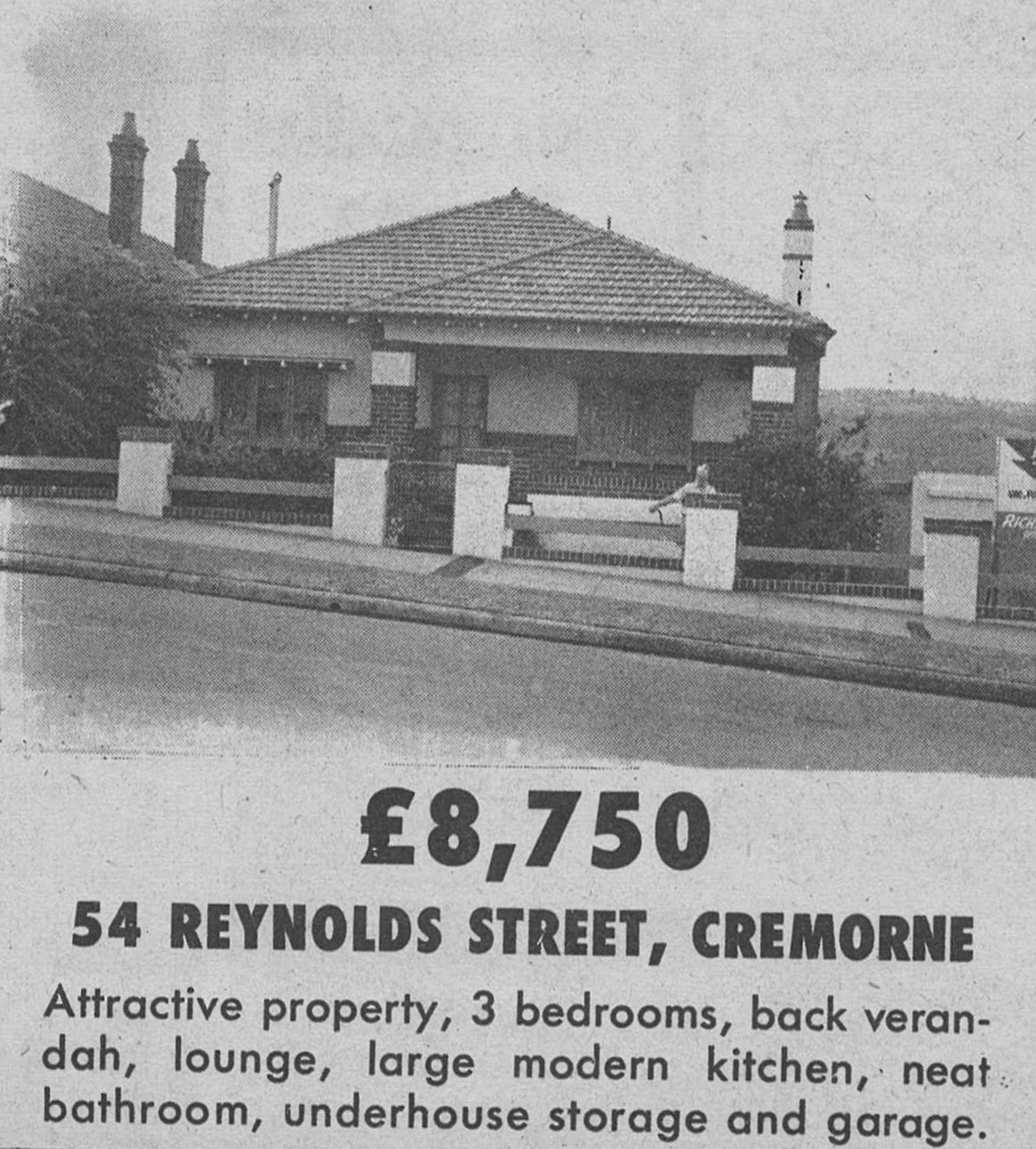|
|
||
|
Home owning and rentingThe colonisation of New South Wales afforded thousands of mainly British people the chance to own real estate where there was little hope of achieving this in England, Scotland or Ireland. This opportunity was, of course, predicating upon the dispossession of the Indigenous owners of the many territories that comprised the colony. Land was not bought or traded with Aboriginal people; nor were treaties signed. Rather land was gradually ‘granted’ or sold by ‘the Crown’, which had assumed ownership of New South Wales in 1788, and thereby entered the property market. A century later overseas visitors were remarking upon the high levels of colonial home ownership. In the 1880s Englishman REN Twopeny noted that the new arrival was quick to become ‘his own landlord’ because of the affordable loans provided by building societies. Two hundred years after colonisation, the notion of owning - rather than renting - one’s home had become central to the definition of an egalitarian ‘Australian way of life’. The relatively high levels of home ownership were not immediate or uniform. In 1891, only 33% of North Sydney householders owned the dwelling they occupied. The remainder rented. This proportion of owners to renters was higher than in the inner-city areas such as Paddington, Glebe and Surry Hills but considerably lower than outer areas such as Lane Cove and Willoughby, where there were more owner occupiers than renters. The 1890s were hard times with economic depression and bank collapses but conditions improved considerably from the early 1900s. Then Sydney experienced a population boom, one that was reflected in North Sydney as residency rose from 23,140 in 1905 to over 34,000 in 1911. The increase over the following decade was greater still with another 14,000 people moving in. The growth in population put upward pressure on rental costs locally and across the city. These rose by as much as 50% between 1905 and 1915, so that a modest cottage could cost more than 15 shillings a week when the wage of a skilled workman might be four pounds (80 shillings) a week. A Fair Rent Act operated from 1916 to regulate rental costs at the lower end of the market. From the 1920s the proportion of renters living in flats, rather than detached dwellings, grew as this form of investment property became more attractive that rent controlled cottages. During this time, also, large amounts of vacant land were released to the market both to escape newly imposed Council rates on ‘unimproved’ property and to meet the demand for housing. It was in this period, for instance, that the vast Cooper family holdings in Neutral Bay were made available, subdivision by subdivision. The resulting boom in construction kept local builders such as Jimmy Verrills and Henry Green very busy and created the characteristic streetscapes of Federation-era houses and Californian Bungalows that survive in Neutral Bay, Cammeray, Wollstonecraft. Real estate agents responded to the building boom by promoting home ownership as a preferable alternative to renting. However, many had no choice but to buy because affordable rental accommodation was not available. The New South Wales Government built model rental accommodation at Daceyville in the southern suburbs from 1912 – the first houses were designed by SG Thorp. Today this is called social housing. Home ownership was also encouraged with loans through the Government Savings Bank. From 1918 the Commonwealth Government provided loans to ex-servicemen through the War Service Homes Commission. Given the large number of North Sydney men who served in World War One, Council archives record remarkably few local War Service Homes. In the 1930s the State Government supported the formation of co-operative building societies as a way of financing home ownership and thereby offsetting the housing shortage brought on by economic depression. While the New South Wales Housing Commission, established in 1941, built social housing such as ‘ Greenway Flats’ , it also constructed affordable houses to sell. Accordingly, the ground was prepared for the boom in home ownership that followed World War Two. In 1947 home owners made up 52.6% of the Australian population. By 1961 they were 69.9%. The high level of home ownership was maintained through the long era of near full employment that lasted until the mid-1970s. The affordability of dwellings in Sydney declined markedly from the 1980s, after the city became the financial capital of the country and Australia’s first ‘world city’ which boosted demand and attracted significant overseas investment. Property values rose sharply, despite high interest rates on home loans. Between 1980 and 2000, Sydney’ median house price increased 400%. In 1970 the average Sydney house price was $18,700, which was 311 times the average weekly pay. In 2000 the average house price was $287,000, then 444 times the average weekly pay. The decline in home affordability has been linked to a broader rise in social inequality. This trend has been even more pronounced in North Sydney where, in 2015, the median house price was $1,600,000 - 1078 times average weekly earnings. Relative rental costs have also risen. In 1915, local rents might comprise one fifth of a good working wage. In 2015 the average North Sydney rent of nearly $500 per week represented well over a third of the average wage. This area has a relatively high proportion of renters to owners and purchasers (approximately 44% in both cases) compared to the rest of Sydney – a factor that is related to the high local proportion of investment flats as much as to the high cost of real estate. These housing trends, of course, shape and reflect the demographic make-up of broader North Sydney. What was once a place of mixed neighbourhoods is now one of Sydney’s more affluent areas. There is a high proportion of mobile residents – those who move within five years. Where North Sydney was once a place of 'family' homes, there are now many more households without children than the Sydney average. Because of the availability of apartments, there are a much higher number of younger adults residing here than the Sydney average.* *The figures in this entry have been gathered from Peter Abelson and Demi Chung, ‘Housing Prices in Australia 1970-2003’, Macquarie University, 2004; Alastair Greig, The Stuff Dreams Are Made Of, Melbourne University Press, 1995; Max Kelly, (ed.) Sydney City of Suburbs, University of NSW Press, 1987; www.tradingeconomics.com/australia/wages); North Sydney Council Community Profiles on www.northsydney.nsw.gov.auand Sydney Morning Herald, 9 June 2015. |
|

